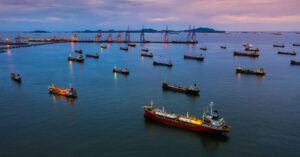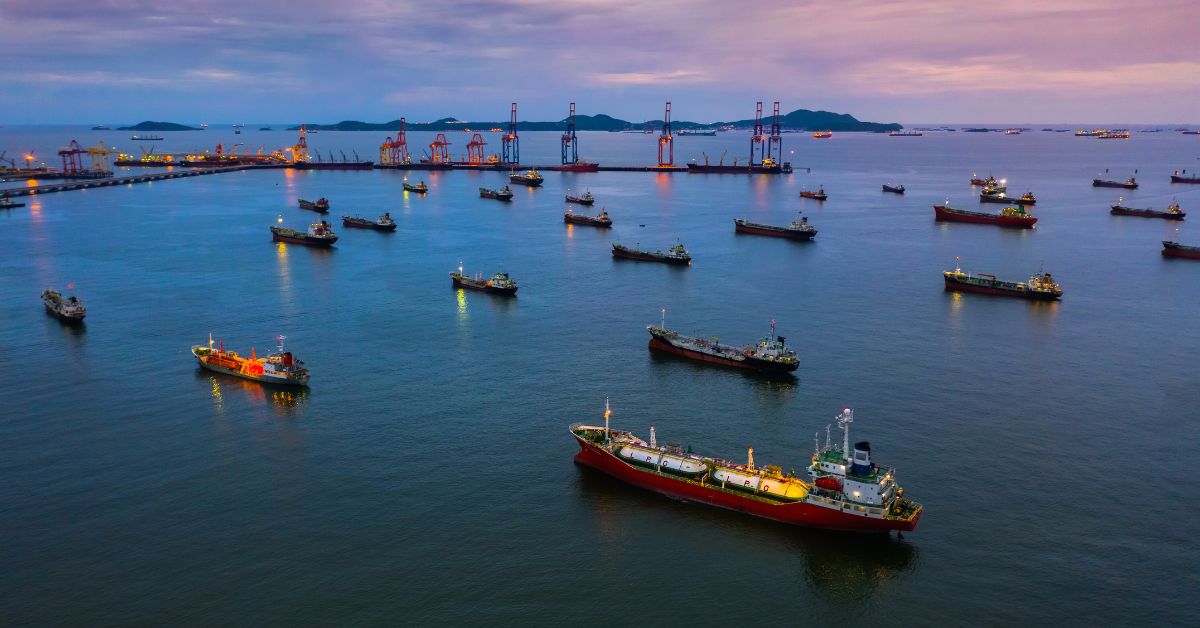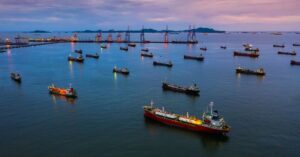
$133 Million Integrated Ship Refuelling Centre To Be Established At Saudi Arabian Port
August 7, 2025
Russia Ships First Naphtha Cargo To Vietnam As It Looks For New Buyers Amid Sanctions
August 7, 2025

BRS Shipbrokers reported that the Russian shadow fleet of tankers has been increasing by 30 ships per month over the last 6 months.
Around 18% of the global tanker fleet engages in shadow operations, including 300 Suezmax and VLCC ships.
In the first 6 months of 2025, 48% of tanker crossings were carried out by regular, mainstream vessels.
Additionally, 40% involved tankers from the grey fleet and 12% involved non-sanctioned grey fleet tankers.
Shadow fleet ships are over 15 years old and in poor condition, with no proper insurance coverage. They sail under flags of convenience to hide their real ownership and use risky ways to evade being caught or detected, such as turning off AIS and performing dangerous ship-to-ship transfers in international waters.
Though sanctions have been put in place and hundreds of ships have been blacklisted, enforcement is limited.
Registries are also taking steps, with Panama de-listing many vessels. It has gone as far as to not register oil tankers and bulk carriers which are more than 15 years old.
However, many have shifted to permissive registries. Practices like opaque ownership, insurance gaps, and registration under flags of convenience keep the shadow fleet going.
BRS also reported that the shadow fleet is increasing, as a few purchasers of Russian or Iranian oil are not willing to ship their cargo on sanctioned tonnage but are ready to accept shadow tonnage.
Due to the nature of trade in Russian oil, it is difficult to determine where the shadow tankers are loading and unloading.
Source: Maritime Shipping News


